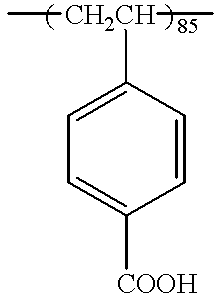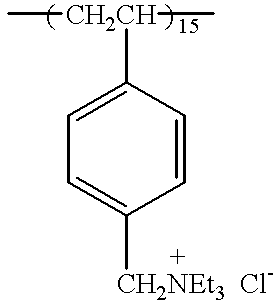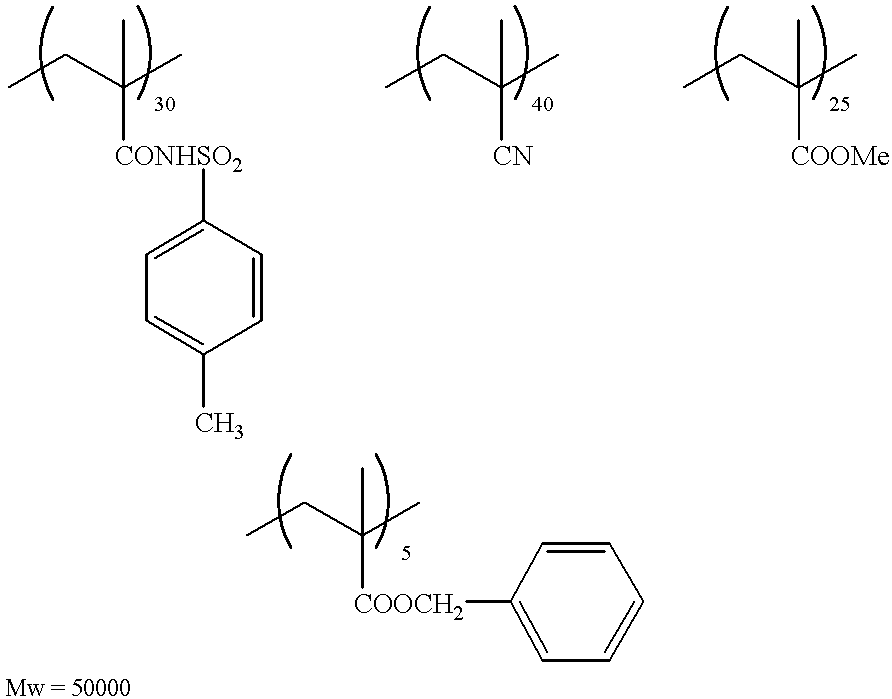Automatic developing apparatus and method of replenishing replenisher for developer for said apparatuses
a technology of photosensitive lithographic printing plate and developing apparatus, which is applied in the direction of photomechanical apparatus, photosensitive materials, instruments, etc., can solve the problems of difficult to judge whether a single surface or both surfaces of the lithographic plate are processed, complex and expensive structure of the developing apparatus, and difficulty in appropriately replenishing the replenisher
- Summary
- Abstract
- Description
- Claims
- Application Information
AI Technical Summary
Benefits of technology
Problems solved by technology
Method used
Image
Examples
example 1
(Processing with a Silicate-based Developer)
(1) Type of the lithographic printing plate to be processed:
VS (a positive-working PS plate of Fuji Photo Film Co., Ltd.)
(2) Developer:
DP-7, a developer of common type for negative / positive-working PS plates of Fuji Photo Film Co., Ltd. (diluting ratio=1:8)
(3) Replenisher:
DP-7RW, a replenisher of common type for negative / positive-working PS plates of Fuji Photo Film Co., Ltd. (diluting ratio=1:6)
(4) Developer tank volume:
20,000 mL
(5) Areas of the PS plates to be processed:
0.2 m.sup.2 :0.8 m.sup.2 =2:5, 0.6 m.sup.2 / plate on average with the maximum of 0.8 m.sup.2 / plate.
(6) Processing amount: 106 m.sup.2 / day on average
(7) Day-to-day processing amount: See Table 1.
The experimental results are shown in Table 2.
As is seen from Table 2, the replenishing method of Example 1 is almost equivalent to the conventional conductivity-based replenishing method, but far better than the conventional plate area-based replenishing method.
Further, with the...
example 2
(Processing with Non-Silicate Type Developer)
[Manufacture of a Positive-Working Photosensitive Lithographic Printing Plate]
The surface of a 0.24 mm thick, JIS A1050 aluminum plate was grained by using a nylon brush and a water suspension of purmice stone, and then rinsed with water. The plate was then immersed in a 10% aqueous NaOH solution for 60 sec at 70.degree. C. for etching. After rinsed with running water, the etched plate was neutralized with a 20% aqueous nitric acid followed by rinsing with water. The plate was then subjected to electrolytic roughening treatment using a sinusoidal alternating wave form current with VA=12.7V and passing a cathode electric quantity of 260 coulomb / dm.sup.2 in a 1% aqueous nitric acid. The surface roughness was measured as 0.55 .mu.m in terms of Ra. Further, the plate was immersed in a 30% aqueous sulfuric acid for 2 min at 55.degree. C. for desmatting, then subjected to anodic oxidation with a current density of 14 A / dm.sup.2 to form a 2.5 g / ...
synthetic example 1
Compound (a) (25.6 g) as a first polymerization component, compound (b) (26.4 g) as a second component, 20.4 g lauryl methacrylate as a third component and dimethylacetamide (160 g) were charged in a 500 ml three-neck flask. The flask was filled with nitrogen and the content was heated to 65.degree. C. under stirring. 2,2'-Azobis (2,4-dimethylvaleronitrile) (2.30 g) was added under stirring. The temperature of the content rose to 75.degree. C. in 4 hr. The content was kept at that temperature for another hour. After the reaction terminated, the content was cooled to room temperature and then poured into 400 mL water. The separated solid product was filtered and dried.
Fluorinated aliphatic group-containing compound P-2 was thus obtained with a yield of 68.4 g. GPC analysis proved that the solid product is a polymer with a weight-averaged molecular weight of about 30,000. ##STR11##
PUM
| Property | Measurement | Unit |
|---|---|---|
| current | aaaaa | aaaaa |
| frequency | aaaaa | aaaaa |
| temperature | aaaaa | aaaaa |
Abstract
Description
Claims
Application Information
 Login to View More
Login to View More - R&D
- Intellectual Property
- Life Sciences
- Materials
- Tech Scout
- Unparalleled Data Quality
- Higher Quality Content
- 60% Fewer Hallucinations
Browse by: Latest US Patents, China's latest patents, Technical Efficacy Thesaurus, Application Domain, Technology Topic, Popular Technical Reports.
© 2025 PatSnap. All rights reserved.Legal|Privacy policy|Modern Slavery Act Transparency Statement|Sitemap|About US| Contact US: help@patsnap.com



